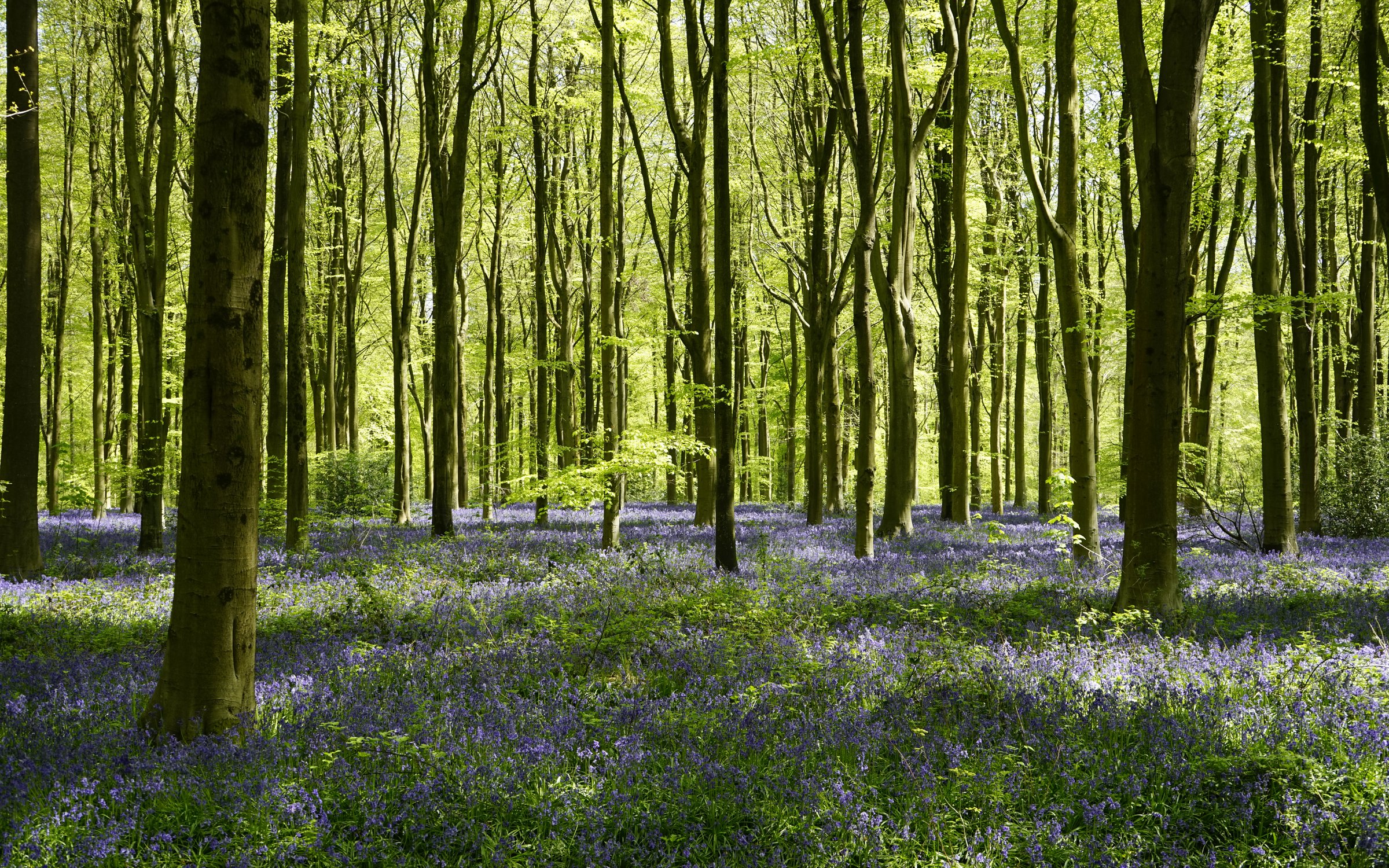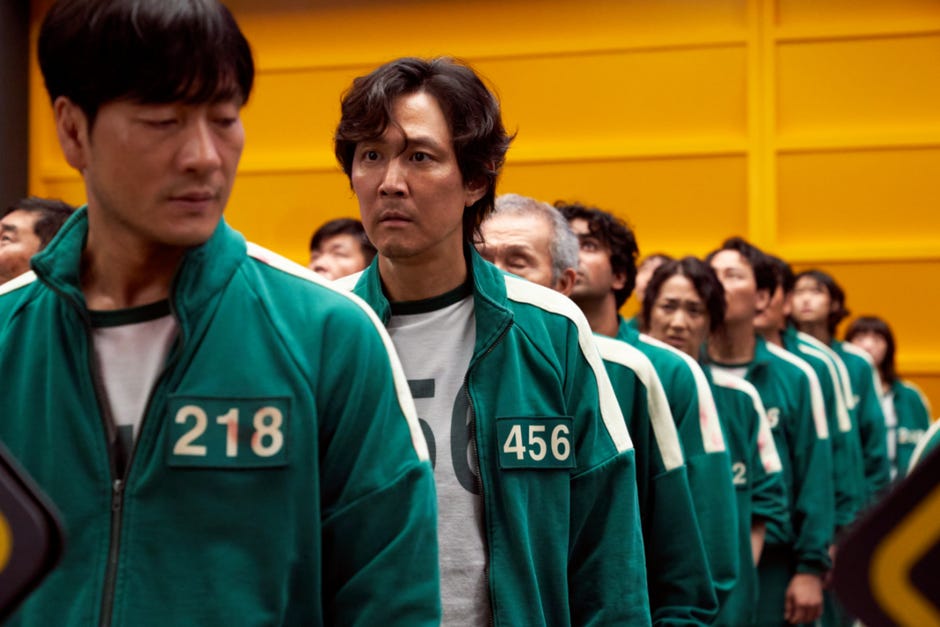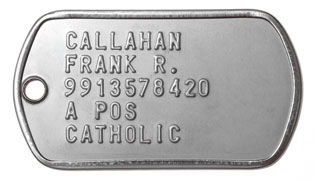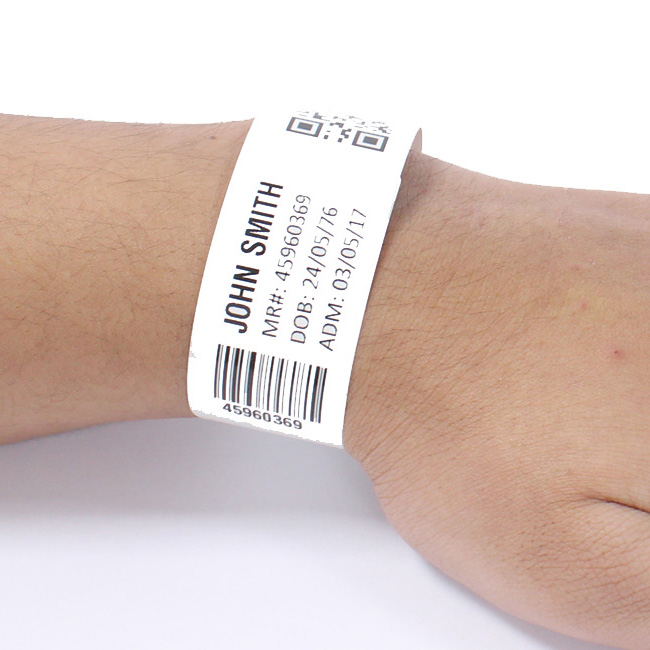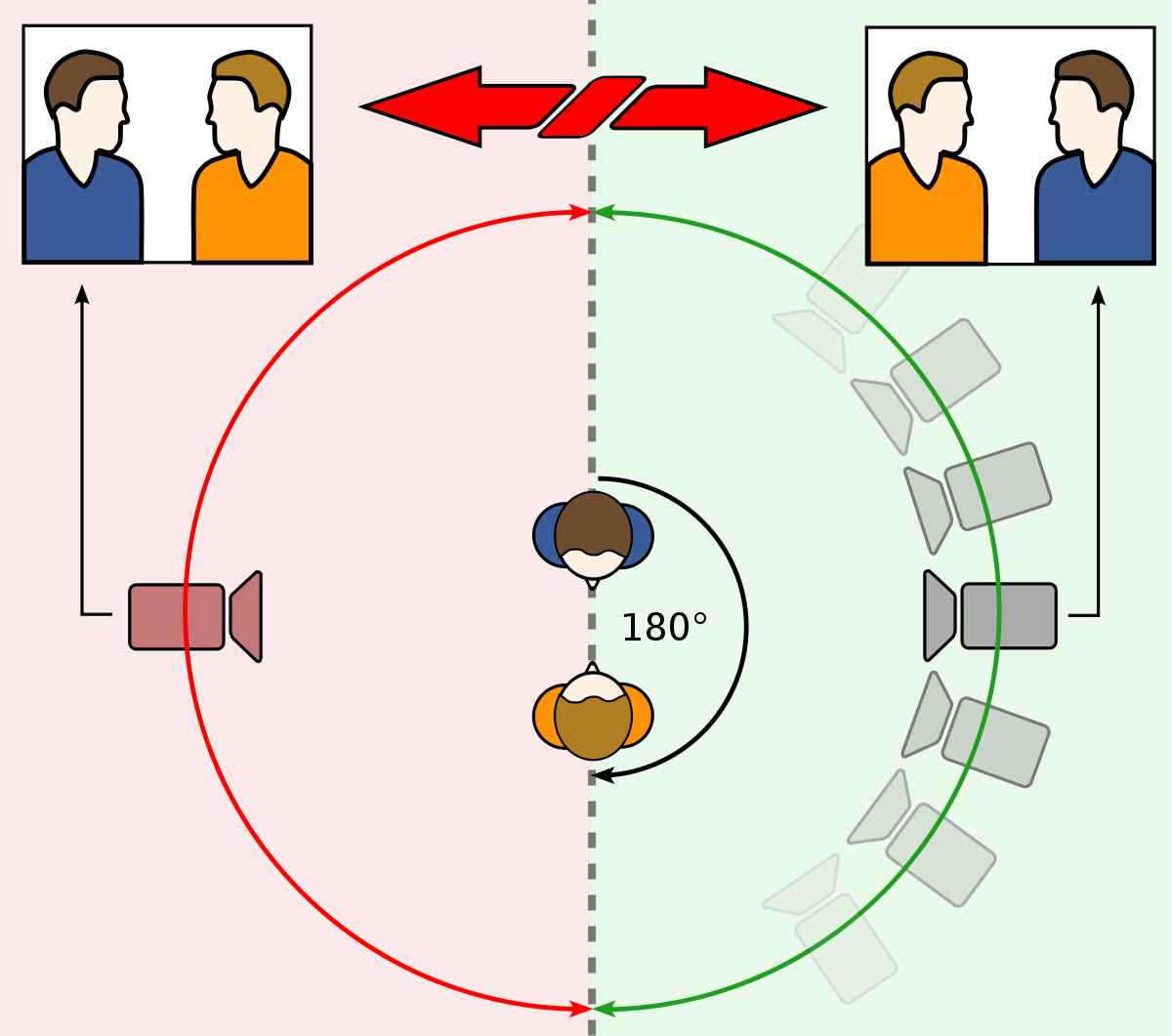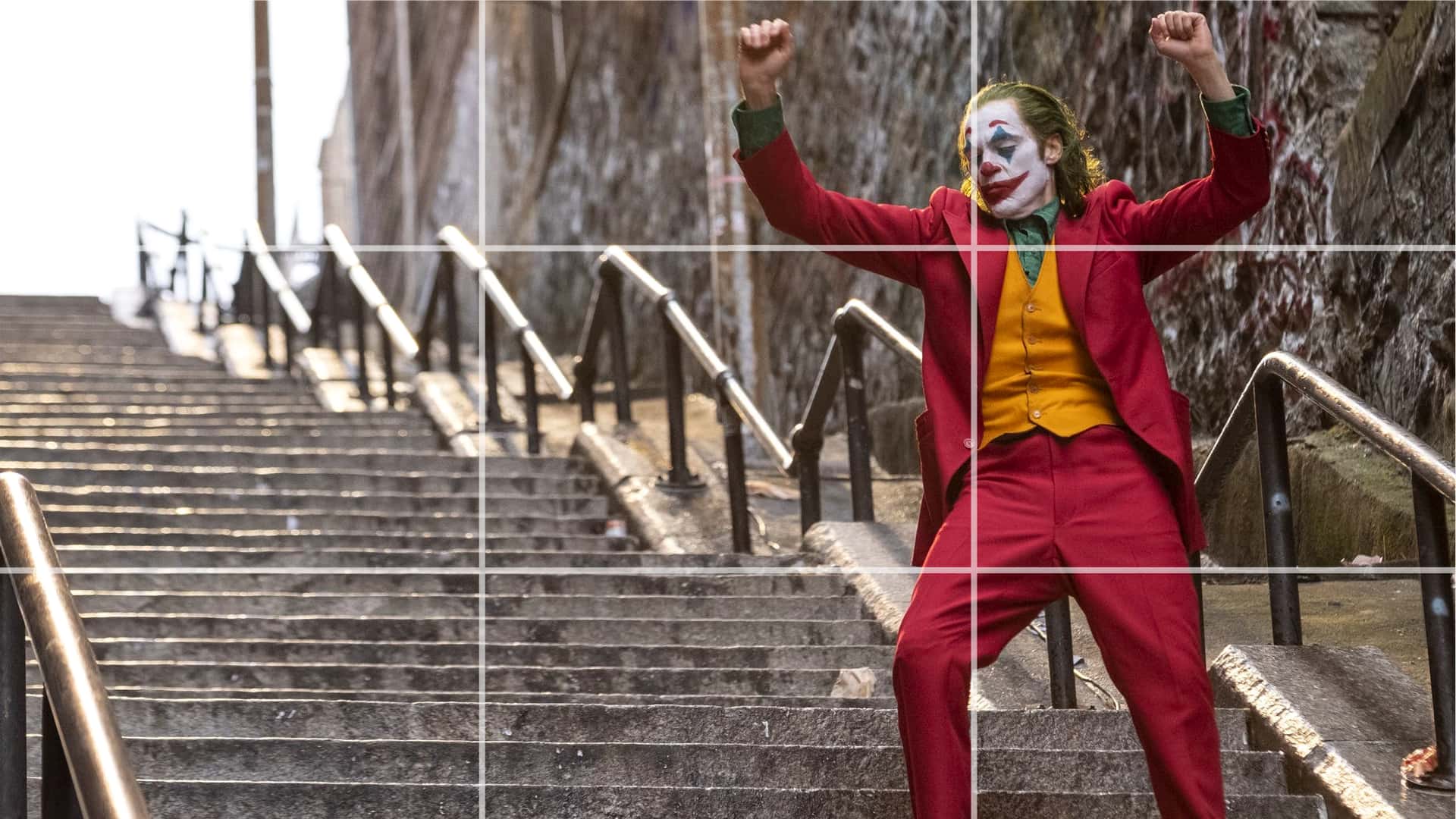After editing the footage I discovered how important a test shoot really is because it made us (as a group) realize things we hadn't considered before. I think that our idea does look really good and the opening scene is very engaging. Although, I don't know if we conveyed the storyline in the best light, and after opinions from peers they voiced that it can be quite confusing at times, although this could be down to the lack of costume.
The recommended time for the title sequence is over 2 minutes, although our sequence is only just over 1 minute, a way in which we could make it longer is to use more establishing shots as well as change the pace of the shots when editing. Key scenes that can add significant time to the overall sequence are the death scenes of both characters (girl and hunter), by elongating these, more tension is created for the audience as there is more of a struggle for the victims, this will also appear more realistic to the audience. Moreover, when filming our opening title sequence we only shot the duration necessary, next time we will certainly shoot for longer in order to get all the shots and more that are necessary for our final product. Although, I would say the pace does indeed vary within the scene and if some scenes were any longer, the audience could potentially lose their engagement early on in the tile sequence. Additionally, tension has been created through the use of fast-paced editing as well as a variety of camera angles and compositions.The narrative is relatively clear although there are some aspects of it that appear unclear such as the back story, although this is intentional to create suspense. I showed our test shoot to a few of my peers and they brought up the location as well as specific props. Martha M suggested that often shoots don't take place in open woods, therefore changing the location to somewhere more 'realistic' for a shoot would make the entire scene clearer and help to dissect the narrative for the audience. A key point that was raised by numerous people is the use of mise-en-scene and how important it will be within our real thing as the use of costume alone tells its own story, despite this being intentional during our test shoot to have no costume (lack of preparation time) we, as a group do need to put more thought and consideration into the specific details within mise-en-scene.
We used a variety of camera angles and movements which I believe have worked effectively to convey our intended opening title sequence. I think that the combination of wide-angle shots and close-ups worked well together as they helped the sequence flow, as well as exaggerate where the audience's attention should be, for example, in the first 5 seconds a girl gets killed, and a close up shows a special bracelet being taken off her wrist, the use of the close-up enhances the sport like element as we're shown the man taking the bracelet and adding it to a supposed collection of bracelets in his pocket, suggesting that this is a much larger scale than we had anticipated. moreover, the bracelet further links into the narrative as well as continuity as the protagonist also wears one, which suggests that they are the trophy. Although, we certainly do need to develop certain camera angles and movements and use an even wider variety to create tension as well as show the scale of the hunt. Moreover, we lacked establishing shots which are incredibly important at establishing location, and even to add to the sequence to lengthen it.I think that the actual plot has been portrayed successfully in our test shoot, although when it comes to the real thing I think we need to focus more on sound than we did this time! I edited the footage and had to add sound effects to several of the scenes to cover up background dialogue, therefore when we do our actual shoot we know that when filming we have to wait a few seconds before commencing the acting after saying "action!" as in several of the scenes this can be heard alongside "cut!" which I had to mute. Moreover, the ambient sound of the forest helps to establish the location. When we do it next time, we need to make sure to show both main characters equally, as during our test shoot we focused more so on the hunter as opposed to the girl, we could use cutaway shots to heighten the tension between the two.Overall, our test shoot went better than I had anticipated, and we can use it as a learning curve for when we do our actual shoot. I think that the basic guidelines and action that occurred in the title sequence is roughly how the real thing will go. Although, a major part within the sequence that I think needs changing is the death of the girl at the beginning, whereby I think by exaggerating her death the audience are encapsulated and gripped to the plotline, moreover this will also make the entire sequence longer and closer to the two-minute mark.







